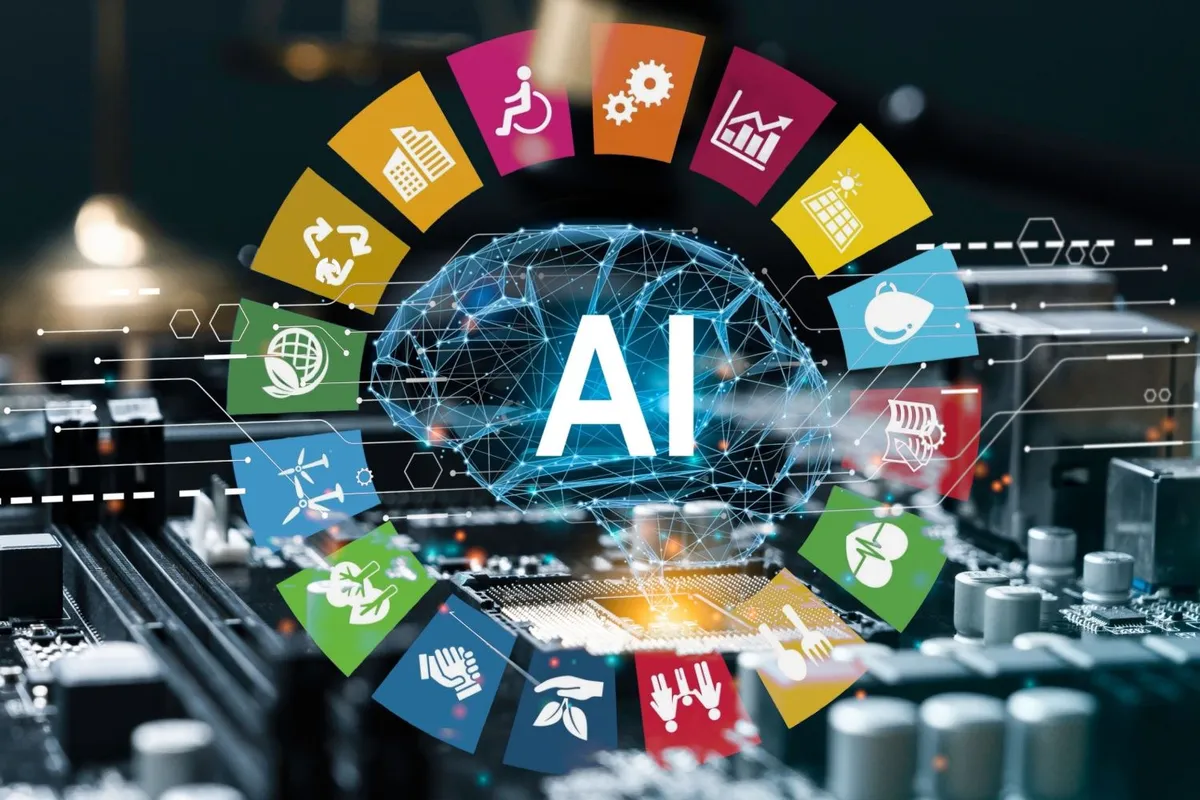
Artificial Intelligence (AI) Will Address and Resolve the Challenges Created by the Disruptive Eras of Computers, the Internet, and Mobile Technology
The last five decades have witnessed extraordinary technological revolutions—the advent of computers, the proliferation of the internet, and the global ubiquity of mobile technology. Each phase has delivered groundbreaking benefits but also introduced significant disruptions across industries, societies, and individual lives. These disruptions have manifested in forms ranging from digital privacy concerns and workforce displacement to information overload and rising cybercrime. As we step into the era of Artificial Intelligence (AI), it is becoming increasingly clear that AI not only represents the next frontier of innovation but also serves as a necessary solution to the complex challenges inherited from these earlier technological epochs.
The Disruption Spectrum: From Digital Divide to Data Chaos
The computer revolution automated many routine tasks, bringing increased productivity but also making certain job roles obsolete. The internet revolution democratized access to information while simultaneously unleashing new challenges like misinformation, cyber threats, and surveillance capitalism. The mobile technology boom brought connectivity to the palm of every hand but escalated issues such as digital addiction, fragmentation of attention, and erosion of real-world social interaction.
Despite their disruptive nature, these technologies laid the groundwork for modern civilization. However, the gaps they left—such as systemic inefficiencies, security vulnerabilities, and human adaptation challenges—require a more intelligent, adaptive layer of technology to be fully addressed. AI, with its advanced computational ability, contextual understanding, and self-learning capabilities, is uniquely positioned to fill this void.
AI as the Resolution Mechanism
- Bridging Workforce Displacement Through Intelligent Augmentation
One of the most pressing outcomes of earlier disruptions is the displacement of jobs due to automation. AI offers the potential for not just further automation but intelligent augmentation. By serving as co-pilots in fields such as healthcare, legal services, and education, AI systems can enhance human decision-making rather than replace it entirely. Through adaptive learning platforms, AI also enables rapid re-skilling and personalized education, preparing workers for future roles in an AI-augmented economy.
- Combating Information Overload and Misinformation
The internet’s open information ecosystem, while valuable, has overwhelmed users with vast amounts of unfiltered data and rampant misinformation. AI-driven content curation, natural language understanding, and semantic search can help users navigate this ocean of content more effectively. Furthermore, AI systems can detect deepfakes, validate sources, and elevate credible information—bringing structure and trust back to digital communication.
- Enhancing Cybersecurity in a Hyperconnected World
Mobile technology and the internet have exponentially increased the surface area for cyber threats. Traditional methods of security monitoring are inadequate for the complexity of today’s cyber landscape. AI, with its ability to detect anomalies, learn from patterns, and respond in real-time, is becoming essential in building resilient digital infrastructures. From predictive threat detection to automated incident response, AI is already transforming cybersecurity into a more proactive and intelligent discipline.
- Personalizing Human-Machine Interaction
Earlier technologies created a one-size-fits-all model of user experience, which often lacked context-awareness. AI introduces the capacity for hyper-personalized interactions, tailoring services, applications, and devices to individual needs, behaviors, and preferences. This human-centric evolution will allow technology to adapt to us—not the other way around—making digital environments more intuitive and inclusive.
- Advancing Digital Ethics and Responsible Innovation
Perhaps most importantly, AI is not just a tool but a framework for rethinking how we deploy technology responsibly. Embedded with ethical constraints, fairness metrics, and transparency protocols, AI systems are being designed to align with societal values. This represents a critical shift from the relatively unregulated growth phases of prior technologies. The development of AI governance models provides an opportunity to correct the ethical oversights of the past.
Looking Ahead: From Disruption to Integration
The transition into the AI era marks a strategic pivot from disruptive acceleration to intelligent integration. Where previous technologies introduced seismic shifts without clear remediation strategies, AI holds the promise of self-correction, adaptability, and long-term value creation. By learning from historical missteps, we can guide AI development toward not only powering future innovations but also healing the fractures of the digital past.
Conclusion
Artificial Intelligence is not merely the next phase of technological advancement—it is the corrective force capable of addressing the multi-dimensional challenges created by the computer, internet, and mobile revolutions. Through intelligent automation, ethical oversight, and contextual awareness, AI offers a transformative path forward. It is imperative that stakeholders across industry, government, and academia collaborate to harness AI not just for innovation, but for resolution. The future will be defined not by the disruptions we create, but by how intelligently we overcome them.

Leave a Reply